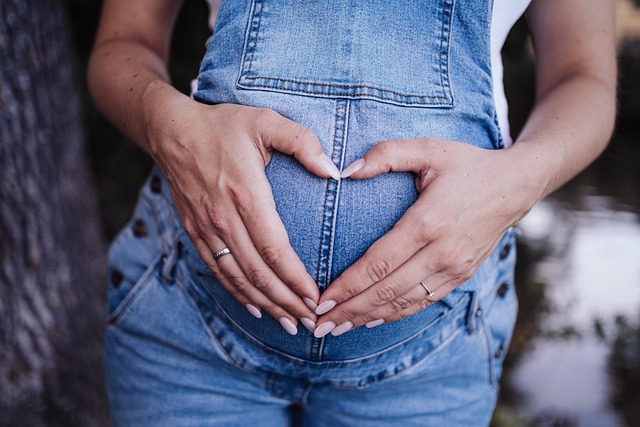Hey there! If you’re curious about the female reproductive system, especially before diving into fertility treatments, you’ve come to the right place! Chatting with a fertility expert can really help clarify things, so don’t hesitate to reach out to one of the knowledgeable folks at our clinic.
What You Should Know
How Many Eggs Do Women Have?
Did you know that women are born with about one to two million eggs? Over time, this number decreases significantly. By puberty, only around 300,000 are left, and throughout a woman’s reproductive life, only about 500 will actually be ovulated. The rest dwindle down until menopause.
The Menstrual Cycle
The menstrual cycle is a well-orchestrated event involving hormones from the hypothalamus, pituitary gland, ovaries, and uterus. Once a girl reaches puberty, this cycle kicks off about every 28 days, prepping the body for the possibility of pregnancy.
Internal Organs
- Vagina: This is the canal connecting the cervix to the outside world, often referred to as the birth canal.
- Uterus: A hollow, pear-shaped organ where a fetus can develop. It includes the cervix (which opens into the vagina) and the corpus (the main body that expands for a baby).
- Fallopian Tubes: These narrow tubes connect to the upper part of the uterus and serve as pathways for eggs traveling from the ovaries. Fertilization typically happens here.
- Ovaries: These small glands on either side of the uterus are responsible for producing eggs and the hormones necessary for conception and ovulation.
Phases of the Cycle
- Follicular Phase: This begins on the first day of menstruation. The hypothalamus releases a hormone called GnRH, which prompts the pituitary gland to release FSH and LH. These hormones stimulate the growth of follicles in the ovaries.
- Ovulatory Phase: Around 14 days in, the dominant follicle releases an egg, which is captured by the fallopian tubes. Simultaneously, the uterine lining thickens, preparing for potential implantation.
- Luteal Phase: After ovulation, the empty follicle transforms into the corpus luteum, which secretes progesterone to prepare the uterus for a fertilized egg. If fertilization occurs, the embryo travels to the uterus to implant; if not, the cycle resets with menstruation.
For women experiencing irregular cycles or abnormal ovulation, getting pregnant can be tricky. If this sounds like you, setting up a consultation to discuss your medical history and possible tests could be beneficial.
If you’re interested in learning more about related topics, check out our blog posts, like this one on intracervical insemination or explore the CryoBaby Home Insemination Kit, which is a great resource for those considering home insemination. For an in-depth understanding of artificial insemination, this Wikipedia article is an excellent read.
Summary
The female reproductive system is an intricate network that prepares the body for pregnancy each month. Understanding its mechanics can be invaluable, especially for those facing fertility challenges. If you’re curious or have questions, don’t hesitate to speak with a fertility expert.

